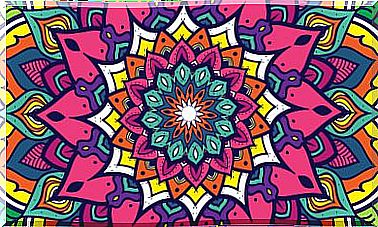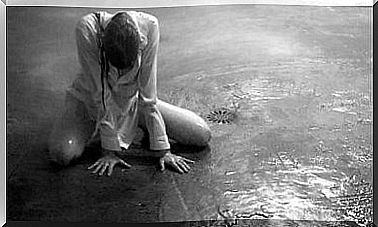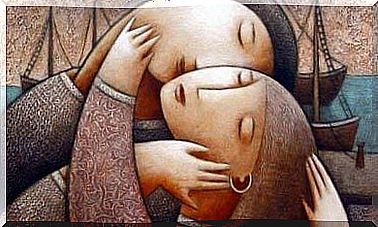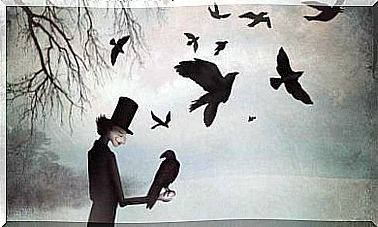Hopelessness, When We Give Up Everything For Lost
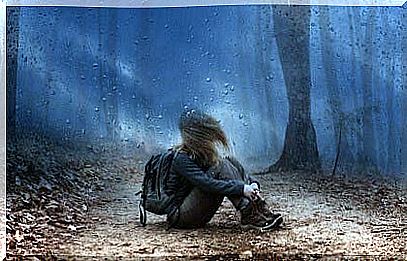
Hopelessness is a poison that extinguishes illusions, motivations and energies little by little. It is the scab of permanent disappointment and that thorn that makes us breathe through bitterness, until we plunge into a very dangerous psychological trap. Because in the long run, these states make us very vulnerable to depression and other disorders with a high emotional cost.
In day-to-day clinical practice we know that a large part of psychological conditions have established types of interventions that can help the person. We know, for example, what therapy and strategies to offer to a patient with an anxiety disorder, post-traumatic stress disorder, phobias, etc.
Now, there are other realities that, curious as it may seem, are highly challenging for every professional. We talk about those situations where someone who claims to have lost the meaning of life comes to us, someone who feels trapped by hopelessness, someone who suffers emotionally without really knowing why …
These types of states do not always appear in the DSM-V (Diagnostic and Statistical Manual of Mental Disorders). Many are patients who have not yet crossed that line where a clinical condition already appears. However, they are in the abyss, on the edge of that precipice where rapid intervention is necessary so as not to let them fall, to act in time.
Because if there is something that most of us know, it is that hopelessness is a loss of vital meaning, it is that dangerous and irrational belief where we come to think that everything, absolutely everything is lost …
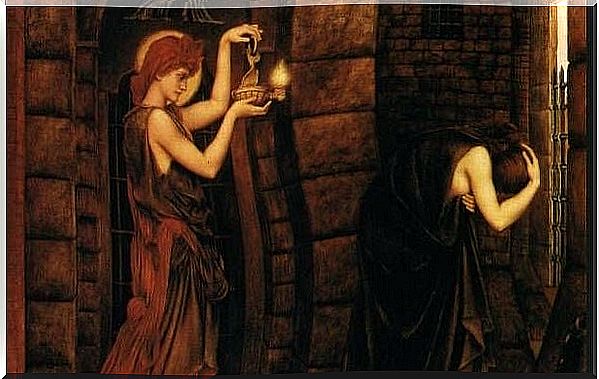
Hopelessness, the emotional and behavioral response that precedes depression
Let’s take a look at the top image for a moment. It is a work by the Pre-Raphaelite painter Evelyn De Morgan, entitled Hope in the Prison of Despair. In it we appreciate a dark dungeon where there is a bent woman who hides her face. He is in front of a window but he does not even look out to see the sunlight. This figure is hopelessness.
Behind her is a young man holding a lamp: it is hope trying to illuminate her person, comfort her, bring her optimism, courage and inner strength back to her. The painter wanted to stage in this work that inspiring being that we must all invoke, to get out of the personal prison in which we often leave our disappointments, sorrows, frustrations and emptiness.
What is hopelessness exactly?
The word hope comes from the French term f “espoir” and means breath. Therefore, despair would come to symbolize not only lack of breath, but also the absence of “spirit” or loss of that essence that makes us human.
Beyond this symbolic meaning, there is undoubtedly the objective reality that emerges from this feeling. Hopelessness, far from having a single explanation behind it, actually has a complex web of very striking internal processes and dynamics.
This makes, for example, so difficult for the person to answer why they feel hopeless.
- What they feel is the loss of meaning. Suddenly nothing makes sense to them.
- There is a host of negative experiences that have not been processed correctly.
- There is low self-esteem.
- At the same time, an obvious defenselessness is observed. You get to a point where it is taken for granted that nothing you do can change things.
- They experience sadness, apathy, physical fatigue, low motivation, and disinterest in everything that previously defined them.
- There is frustration, bitterness and a high pessimism.
Something that we cannot put aside seeing all this symptomatology is that if these psychological and behavioral dynamics are persistent, we would give way to an evident depressive process.
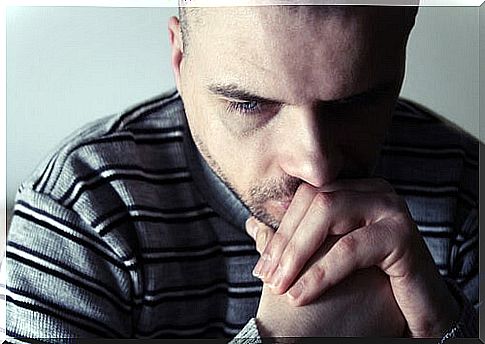
Treat hopelessness to prevent depression
Hopelessness, on average, comes and goes. It is that annoying tenant who dresses us at certain times but soon tends to fade when we change our focus or start new habits.
Furthermore, studies such as the one carried out at the University of Twente, in the Netherlands, show us that hopelessness is usually linked to our personality style. There are profiles with a greater tendency to pessimism and defenselessness. However, this does not mean that they are bound to suffer from one depression after another.
We all have the ability (and the obligation) to make use of adequate personal resources to dissuade, hide and cope with hopelessness. Some keys to reflect would be the following:
- Tune into how you feel, try to name each state.
- Understand that hopelessness often follows the following rule of three: I feel exhausted from feeling sad, frustrated, disappointed. It is, after all, a cumulative state. It is having missed many things without having previously resolved them. Therefore, it is appropriate to reel off those origins.
- Hopelessness is an emotional state that is intensified in turn by our behaviors. Following the same routines will make us feed that situation, that state. So let’s start new habits. Let’s try to connect with reality in another way, let’s innovate, start new projects, let’s be creative as far as possible.
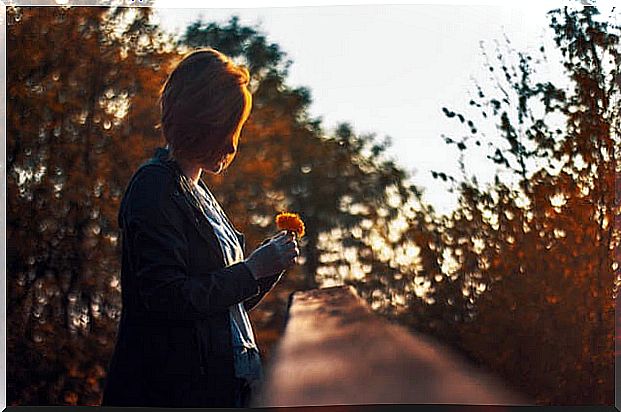
To conclude, when we find ourselves in that prison of despair symbolized in Evelyn De Morgan’s painting, the most important thing is to generate alternatives, open new doors, embrace ourselves with new airs. It is clear, however, that it is not always possible to get out of these cubicles of psychological pain by ourselves.
Therapies such as cognitive-behavioral can help us in these cases. Therefore, let us not hesitate to always have professional help.

